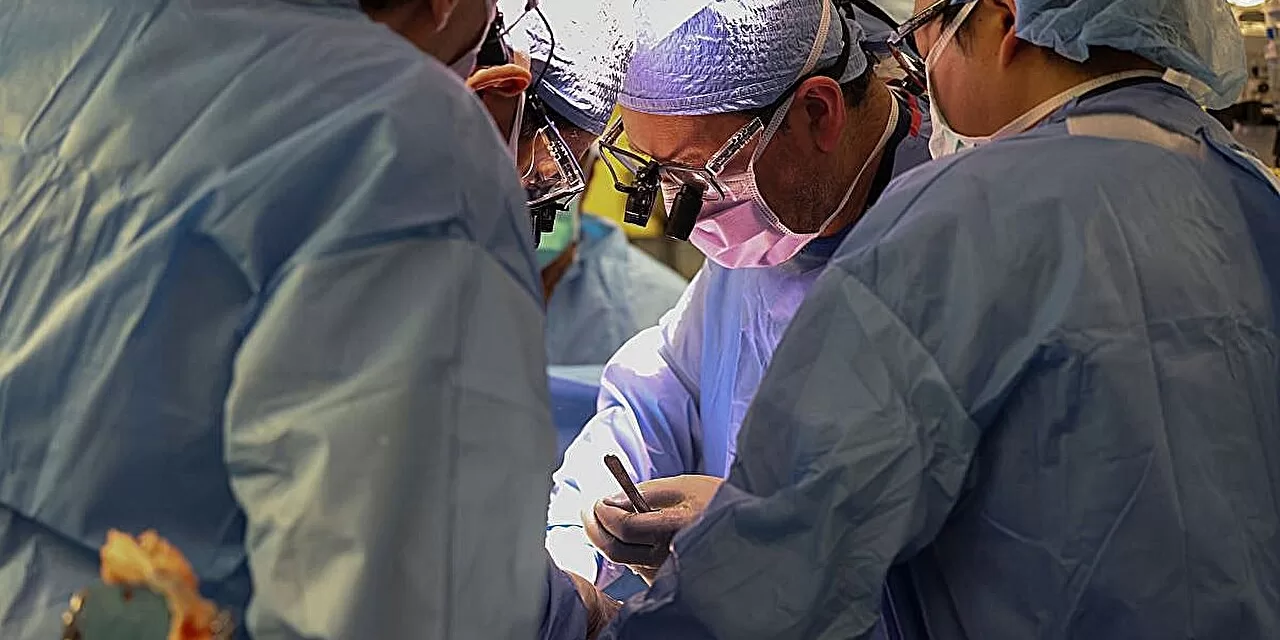A groundbreaking study published in the Journal of the American College of Surgeons (JACS) has highlighted the effectiveness of a quality improvement program designed to significantly enhance surgical safety. This initiative introduced a standardized handoff protocol known as SHRIMPS, aimed at improving the safety and efficiency of surgical procedures.
The initiative was driven by concerns from frontline stakeholders regarding inadequate handoffs among surgical technicians. In response, the Lexington VA Medical Center team developed a comprehensive checklist to address these concerns, prominently displaying it in all operating rooms.
Before implementing SHRIMPS, handoffs occurred in only 82.6% of cases, with a mere 34.4% of critical elements being effectively communicated. However, after the introduction of SHRIMPS, handoffs were executed in 100% of cases, with 98.2% of critical elements properly addressed. This significant improvement underscores the protocol’s efficacy in enhancing communication and safety. The average duration of handoffs post-implementation was 69.4 seconds, ensuring thorough information exchange without adding excessive time. Additionally, announcements of handoffs to the entire operating room team increased to 97.1%, ensuring greater awareness among all staff members regarding personnel changes.
The success of the SHRIMPS protocol underscores the substantial impact that quality improvement programs can have on healthcare. By implementing standardized handoff protocols, operating rooms can achieve better communication, reduce errors, and enhance patient outcomes. The authors of the study, encouraged by these positive results, strongly advocate for the widespread adoption of similar protocols to ensure reliable and efficient information transfer in surgical environments. This advancement paves the way for a safer future in surgical safety.
Disclaimer: This article is for informational purposes only and does not constitute medical advice. Healthcare professionals should refer to official guidelines and institutional protocols before implementing new procedures.
(Source: https://www.news-medical.net/news/20240619/New-handoff-protocol-boosts-surgical-safety.aspx)











